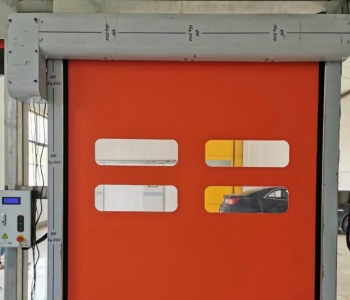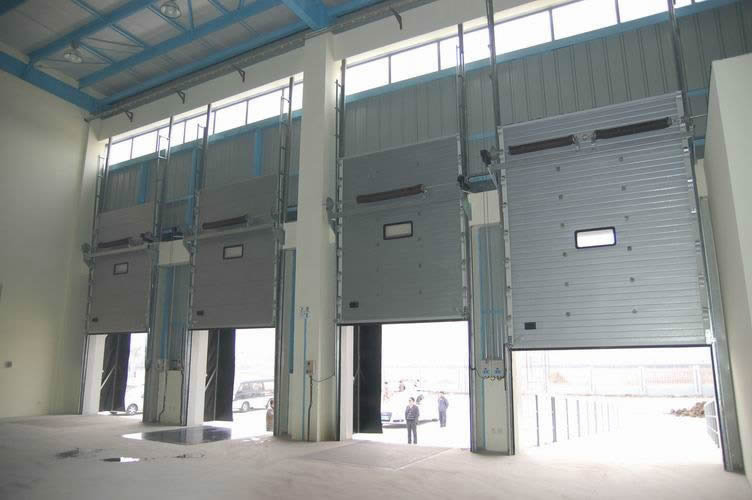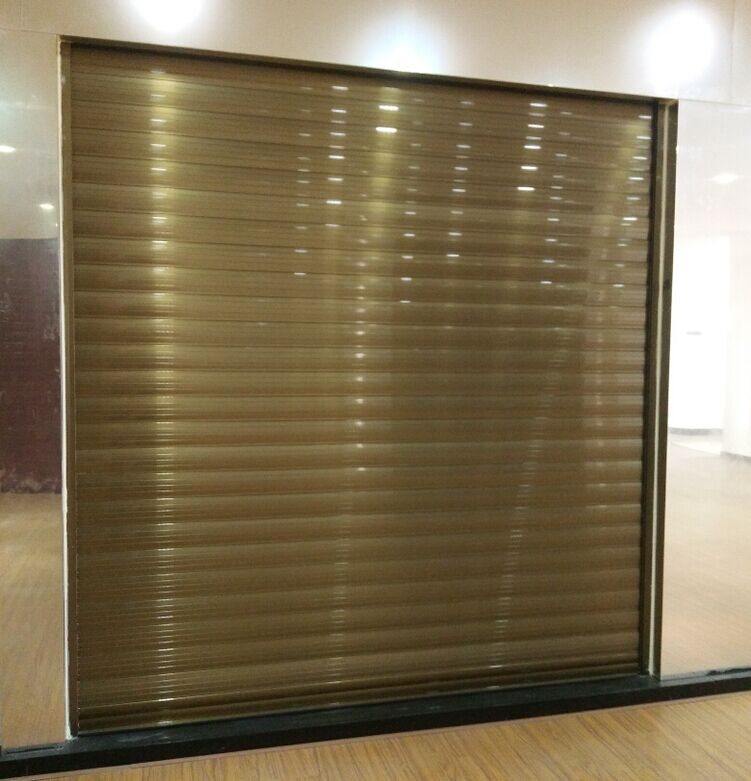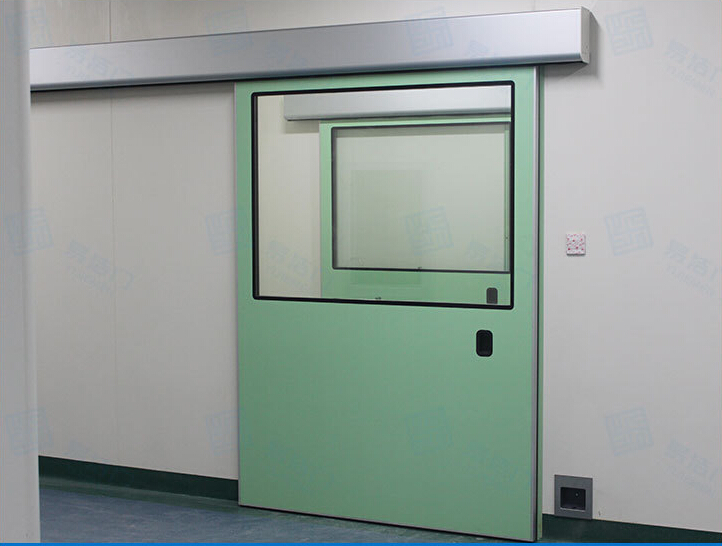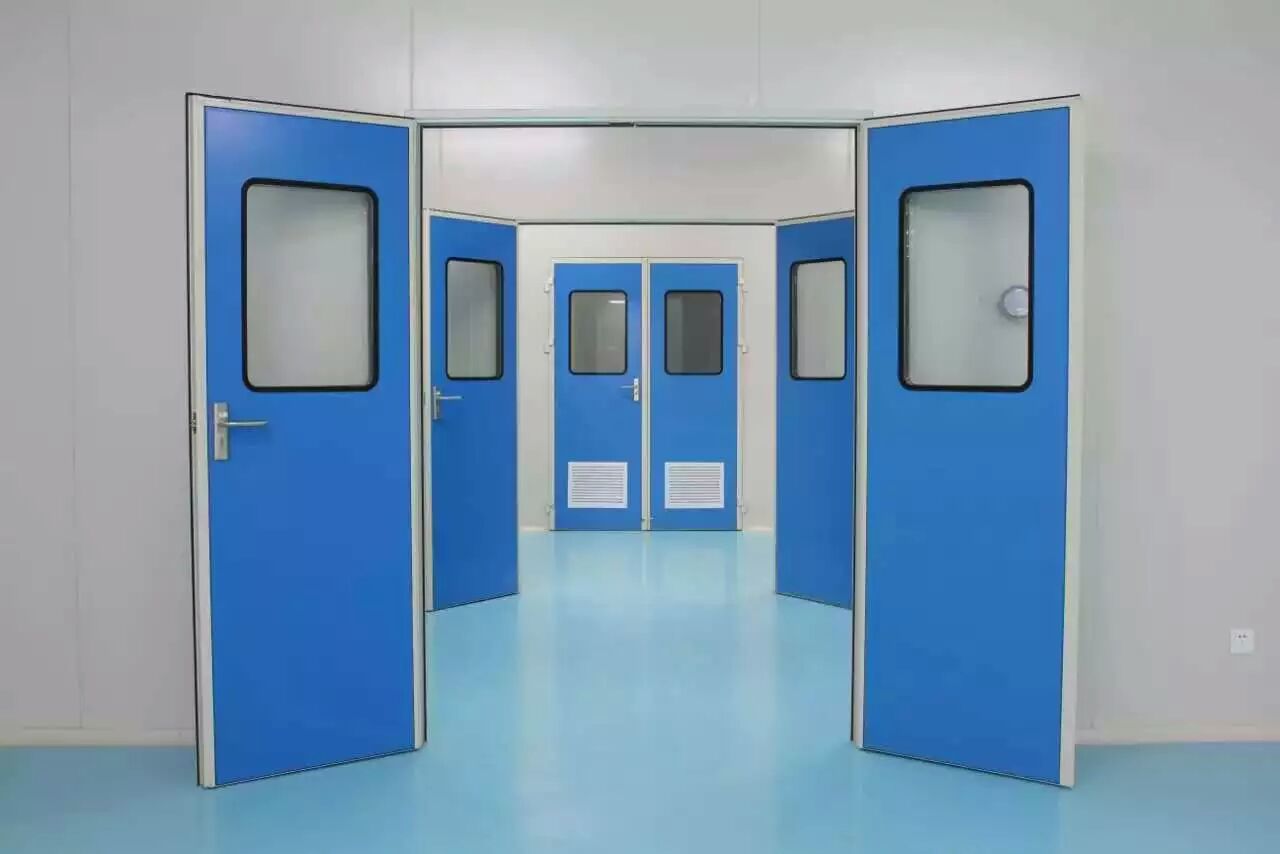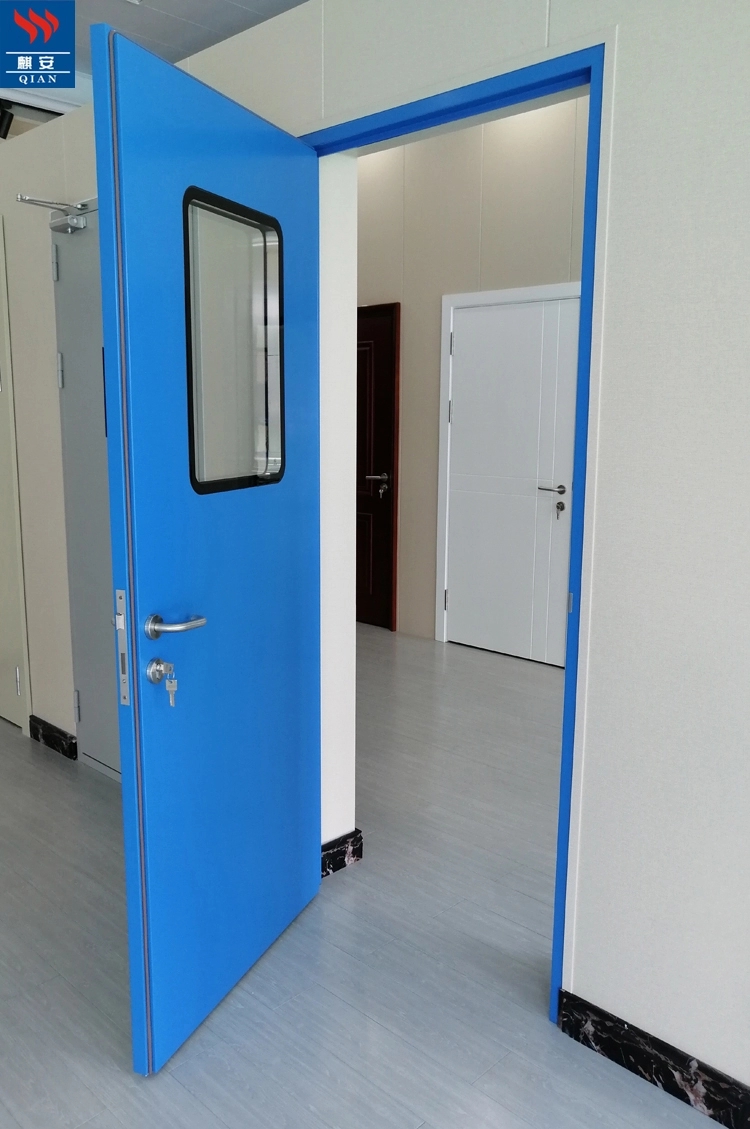Analysis of Technological Development and Market Trends in the Rapid Door Industry
1. Industry Overview
Rapid roller shutter doors are industrial doors designed for high-speed vertical operation, driven by PLCs, frequency converters, and encoders, with speeds ranging from 0.8–2.1 m/s. They are widely adopted in logistics, manufacturing, pharmaceuticals, and food processing for functions such as thermal insulation, dustproofing, noise reduction, and efficient access control.
2. Technological Advancements
Drive and Control Systems
Intelligent Control: PLCs and variable frequency drives (VFDs) enable smooth acceleration/deceleration, minimizing mechanical wear and enhancing safety.
Precision Positioning: Rotary encoders achieve positioning accuracy of 0.3 mm, supporting customizable height settings for diverse applications.
Material Innovations
Curtain Materials: PVC and PVDF films dominate, with PVDF offering superior UV resistance and self-cleaning properties for high-hygiene environments. High-performance PVC-coated fabrics meet flame-retardant, corrosion-resistant, and eco-friendly standards.
Structural Design: Rigid rapid doors with aluminum or steel panels withstand wind loads up to Level 12 (per Beaufort scale), ideal for cold storage and automotive manufacturing.
Safety and Energy Efficiency
Safety Features: Infrared sensors, radar collision avoidance, and emergency braking systems prevent accidents. Some models include automatic reset functions to reduce downtime.
Energy Savings: Enhanced sealing systems minimize air exchange, reducing energy loss in temperature-controlled facilities.
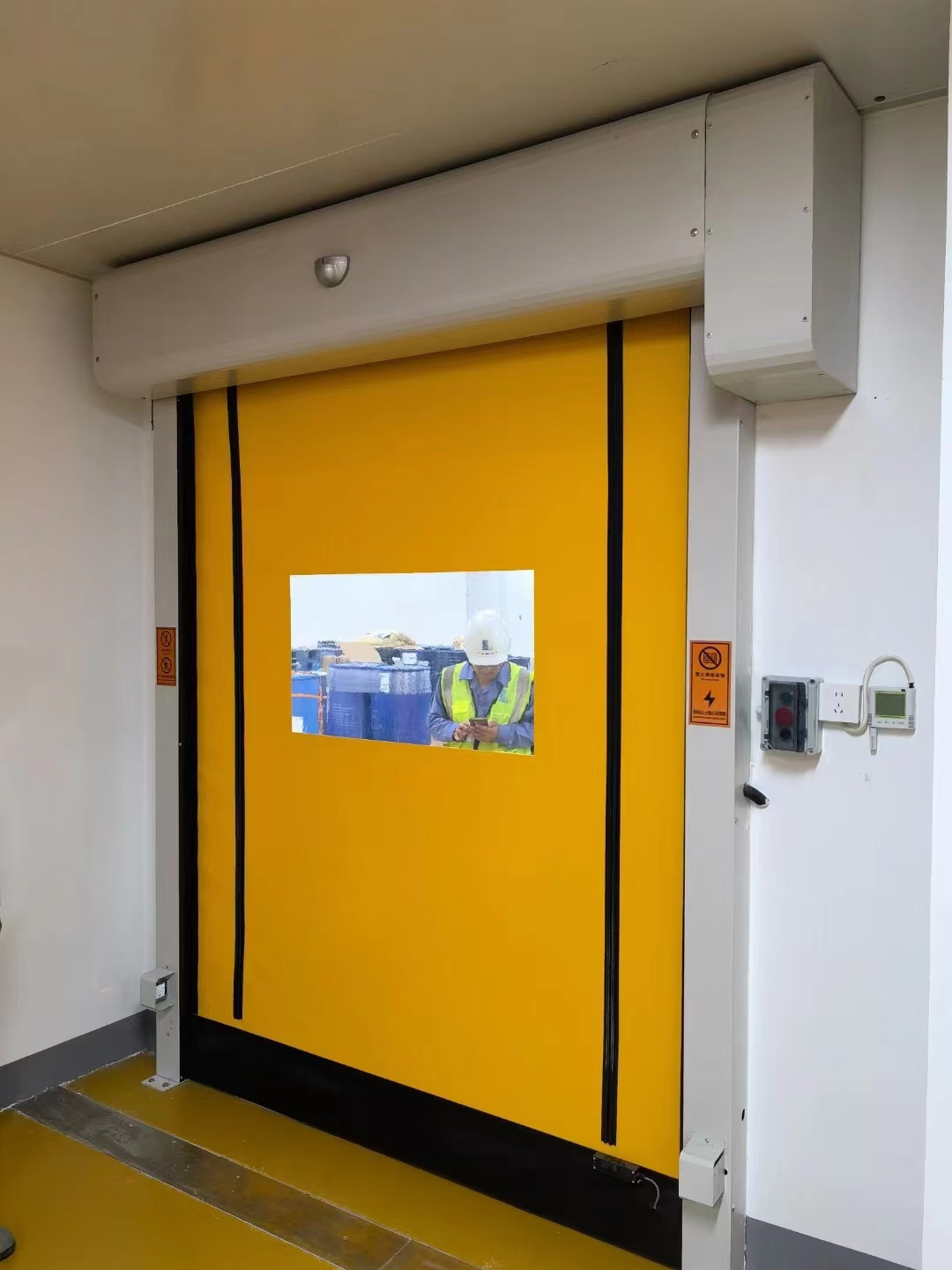
3. Applications and Market Demand
Industrial Sectors
Logistics Warehouses: High-speed flexible doors optimize cargo throughput while maintaining dust-free environments.
Cleanrooms: Critical in pharmaceuticals and electronics manufacturing, these doors comply with ISO Class 8 (100,000 particles/m³) cleanliness standards.
Commercial and Civil Use
Cold Chain Logistics: Rigid doors ensure temperature stability in refrigerated storage and distribution centers.
Public Infrastructure: Subway stations and underground parking facilities utilize rapid doors for traffic management and safety.

4. Market Trends
Smart and Automated Solutions
IoT Integration: Remote monitoring, multi-door synchronization, and predictive maintenance enhance operational efficiency.
AI Adoption: Object recognition systems enable autonomous operation, reducing manual intervention in high-traffic areas.
Sustainability Initiatives
Eco-Friendly Materials: Non-toxic PVC fabrics and recyclable aluminum align with circular economy principles.
Energy Efficiency: Low-power motors and insulation improvements support carbon neutrality goals.
Customization and Globalization
Niche Applications: Explosion-proof and humidity-resistant designs cater to specialized environments like chemical plants.
Export Growth: Chinese manufacturers leverage cost advantages to expand into Europe and Southeast Asia, driving annual export growth of 15%.
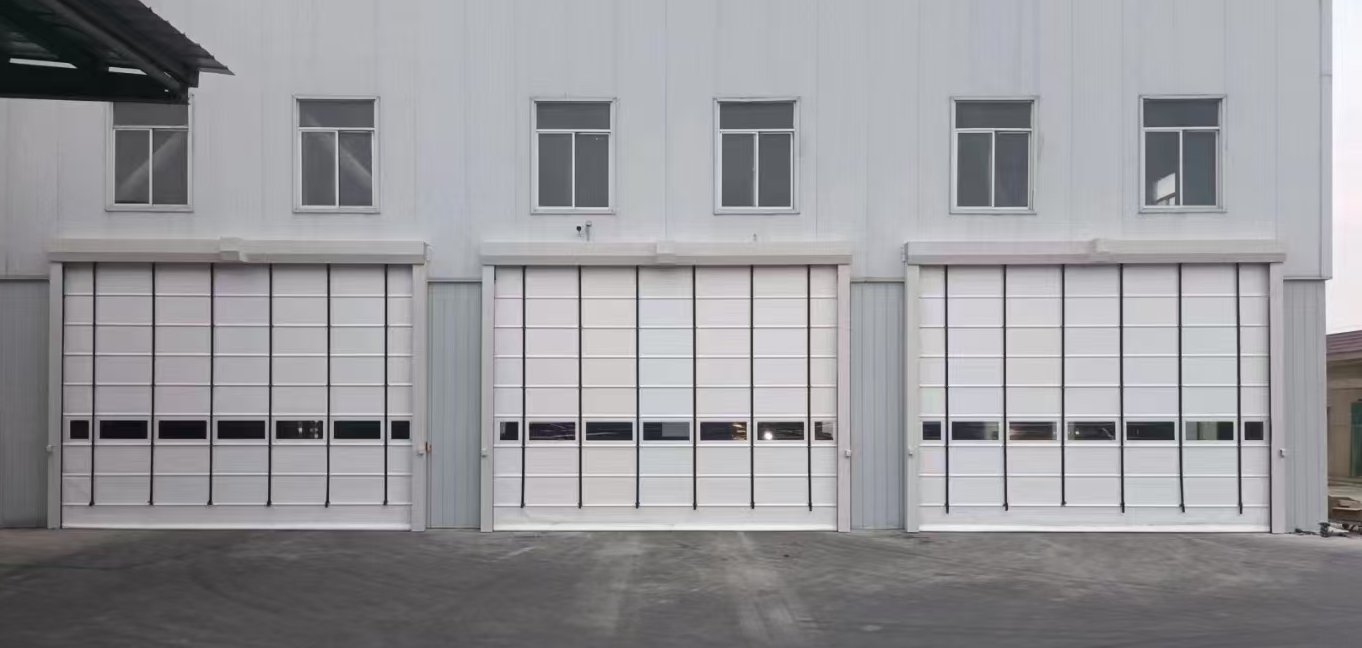
5. Challenges and Recommendations
Technical Bottlenecks
Dependence on imported encoders and precision components increases costs. Localizing R&D is critical for cost control.
Market Strategies
SMEs should focus on regional markets, offering end-to-end installation and maintenance services to differentiate from competitors.
Regulatory Compliance
Adherence to international standards (e.g., EN 13241-1 for industrial doors) ensures market access and eligibility for green subsidies.
Recommended Products
up to dateNiue Automatic Door Accessories
- Durable PVC Fast Rolling Door Fittings for Enhanced Security
- Automatic Repair of Zipper Door Plastic/Polymer Rails
- Smart Automatic Door Sensor for Fast Rolling Access Control
- Soft Fast Gate Control System 1.5kw Servo Motor and Control Box
- Automatic Access Control Square Surface Mount Infrared Non-Contact Switch
- Explosion-Proof Reinforced Self-Limiting Electric Heating Belt
- Explosion-Proof Shielded Self-Controlling Temperature Electric Heating Belt
- Heating Belt for Anti-Freezing, Heating and Heat Preservation of Cold Storage Doors
- 40W flame retardant explosion-proof self-limiting electric heating belt
- High Speed Door Zippers Industrial Door Zippers
- Safety Beam Sensor Use for Automatic Door
- Wireless Hand Sensor Switch For Automatic Door
- Hospital Door Foot Sensor
- Automatic Sliding Door System Wireless Touch Press Switch
- Automatic Sliding Door IP65 Waterprooft Wireless Hand Press Switch
- Automatic Door Microwave Sensor
- Reflective Type Infrared Detector
- Automatic High Speed Door Infrared Radar Sensor CNB-204G
- Aluminum Alloy Wind Section For PVC rapid roller shutter door
- Aluminum Bottom Section For PVC high speed rolling shutter door

